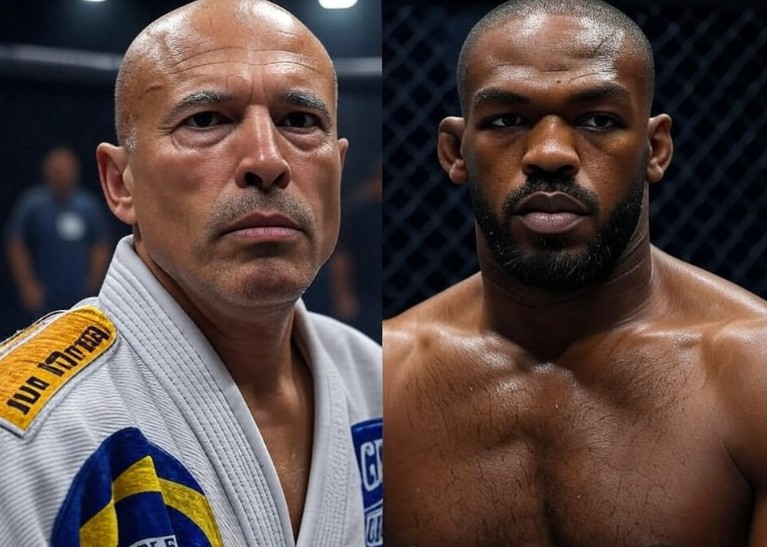The UFC’s weight classes create a structured battlefield where fighters of similar size compete, each division offering unique styles and dynamics. From flyweight’s frenetic pace to heavyweight’s raw power, understanding these classes enhances appreciation of the sport.
Here’s a comparison of the UFC’s eight men’s and four women’s weight classes, highlighting their characteristics, top fighters, and appeal as of 2025.Flyweight (125 pounds) is the lightest men’s division, known for speed and technical precision.
Fighters like Demetrious Johnson, with a 15-2-1 UFC record, set the standard with crisp striking (3.36 significant strikes per minute) and relentless grappling. Current champion Alexandre Pantoja’s 8-fight win streak showcases the division’s depth. Flyweight fights average 2.1 submissions per 15 minutes, the highest in the UFC, but knockouts are rare (10% finish rate). Fans love the non-stop action but may find the lack of star power limiting.
Bantamweight (135 pounds) balances speed and power. Sean O’Malley, the current champion, blends flashy striking (7.25 significant strikes per minute) with knockouts (9 in 14 wins). The division’s 40% knockout rate and stars like Aljamain Sterling make it a fan favorite. Women’s bantamweight, led by Raquel Pennington, mirrors this, with Holm’s 2015 knockout of Rousey a highlight. Both divisions deliver technical fights with mainstream appeal.
Featherweight (145 pounds) is a hotbed of versatility. Max Holloway’s “BMF” title and 7.17 significant strikes per minute epitomize the division’s high pace. With a 35% knockout rate and grapplers like Alexander Volkanovski, featherweight offers diverse matchups. Women’s featherweight, less active, relies on Amanda Nunes’ dominance (7-1 in the division). Fans gravitate to men’s featherweight for its blend of finishes and star power.
Best UFC Weight Classes Comparison
Lightweight (155 pounds) is arguably the UFC’s deepest division. Islam Makhachev’s grappling (2.3 submissions per 15 minutes) and stars like Dustin Poirier make it a battleground of elite talent. With a 30% knockout rate and 25% submission rate, lightweight fights are unpredictable. Its history, from BJ Penn to Conor McGregor, ensures massive PPV draws, making it the UFC’s crown jewel.
Welterweight (170 pounds) thrives on balance. Belal Muhammad’s title reign and contenders like Shavkat Rakhmonov (18-0) highlight its competitiveness. With a 35% knockout rate and fighters like Georges St-Pierre (13-2 in welterweight), the division blends power and technique. Its accessibility—most fighters naturally weigh 180-200 pounds—makes it relatable.
\Middleweight (185 pounds) is where power meets precision. Israel Adesanya’s 9-3 title fight record and 4.91 significant strikes per minute define the division. With a 40% knockout rate and grapplers like Dricus Du Plessis, middleweight offers highlight-reel finishes. Its growing depth makes it a fan favorite for action-packed bouts.
Light Heavyweight (205 pounds) is the land of giants with finesse. Alex Pereira’s knockouts (7 in 9 UFC wins) and Jon Jones’ dominance (15-1 in the division) showcase its power. With a 45% knockout rate, it’s a knockout haven, though submissions are less common (15%). Its legacy makes it iconic, despite occasional thin rosters.
Heavyweight (265 pounds) is the UFC’s most unpredictable division. Jon Jones’ 2023 title win and Tom Aspinall’s 90% finish rate highlight its volatility. With a 50% knockout rate, heavyweight fights rarely go the distance, appealing to casual fans seeking chaos.
Women’s Strawweight (115 pounds) and Flyweight (125 pounds), led by Zhang Weili and Valentina Shevchenko, respectively, mirror men’s flyweight in speed but add knockout flair (30% rate). Strawweight’s depth and flyweight’s technical battles make them essential to women’s MMA.
Each division offers something unique—flyweight’s pace, heavyweight’s power, lightweight’s depth. Fans seeking technical mastery lean toward lightweight or bantamweight, while knockout enthusiasts prefer heavyweight or light heavyweight. The UFC’s appeal ensures every fan finds their niche.
Training is everything for UFC fighters, regardless of weight division.


